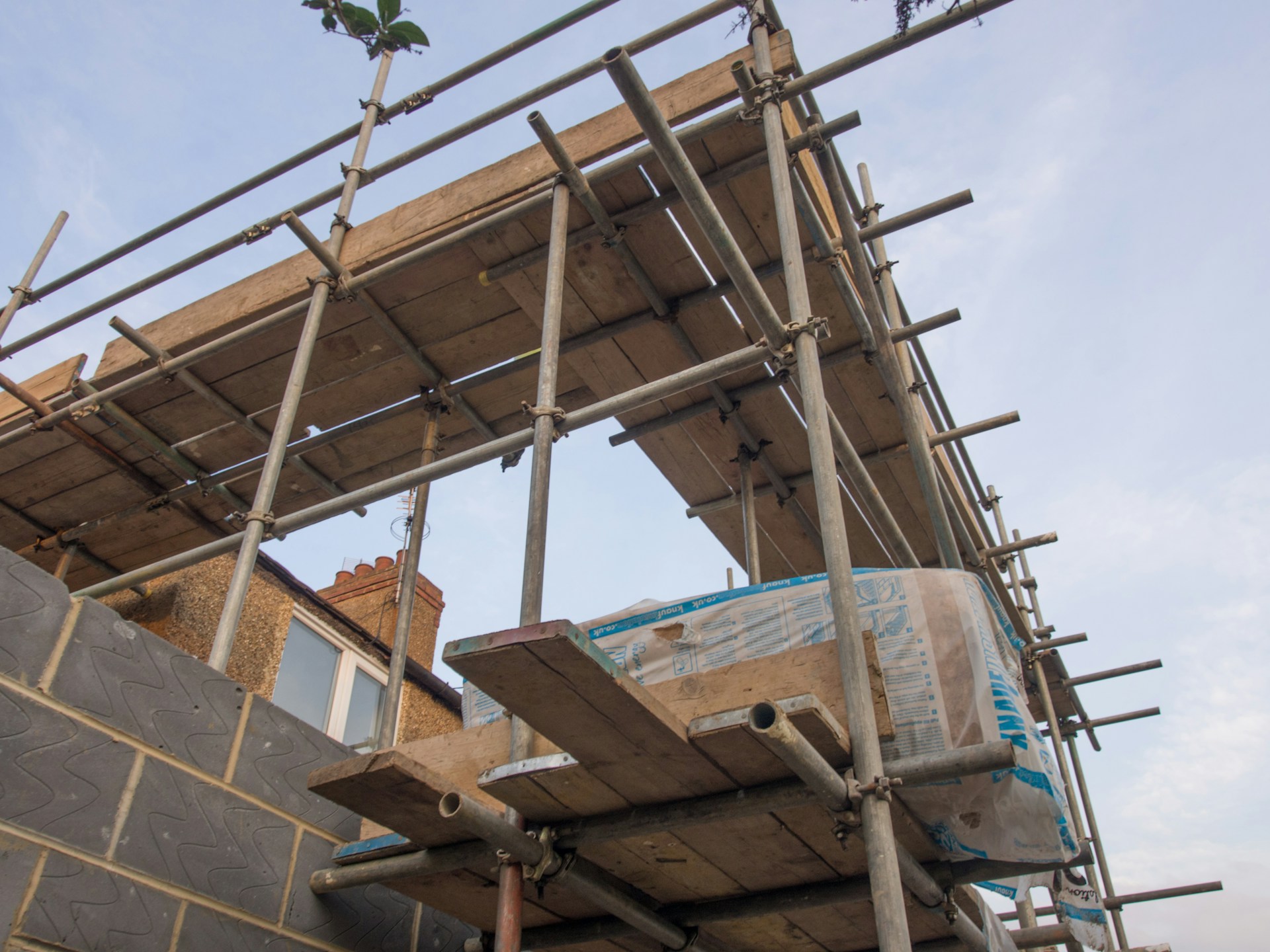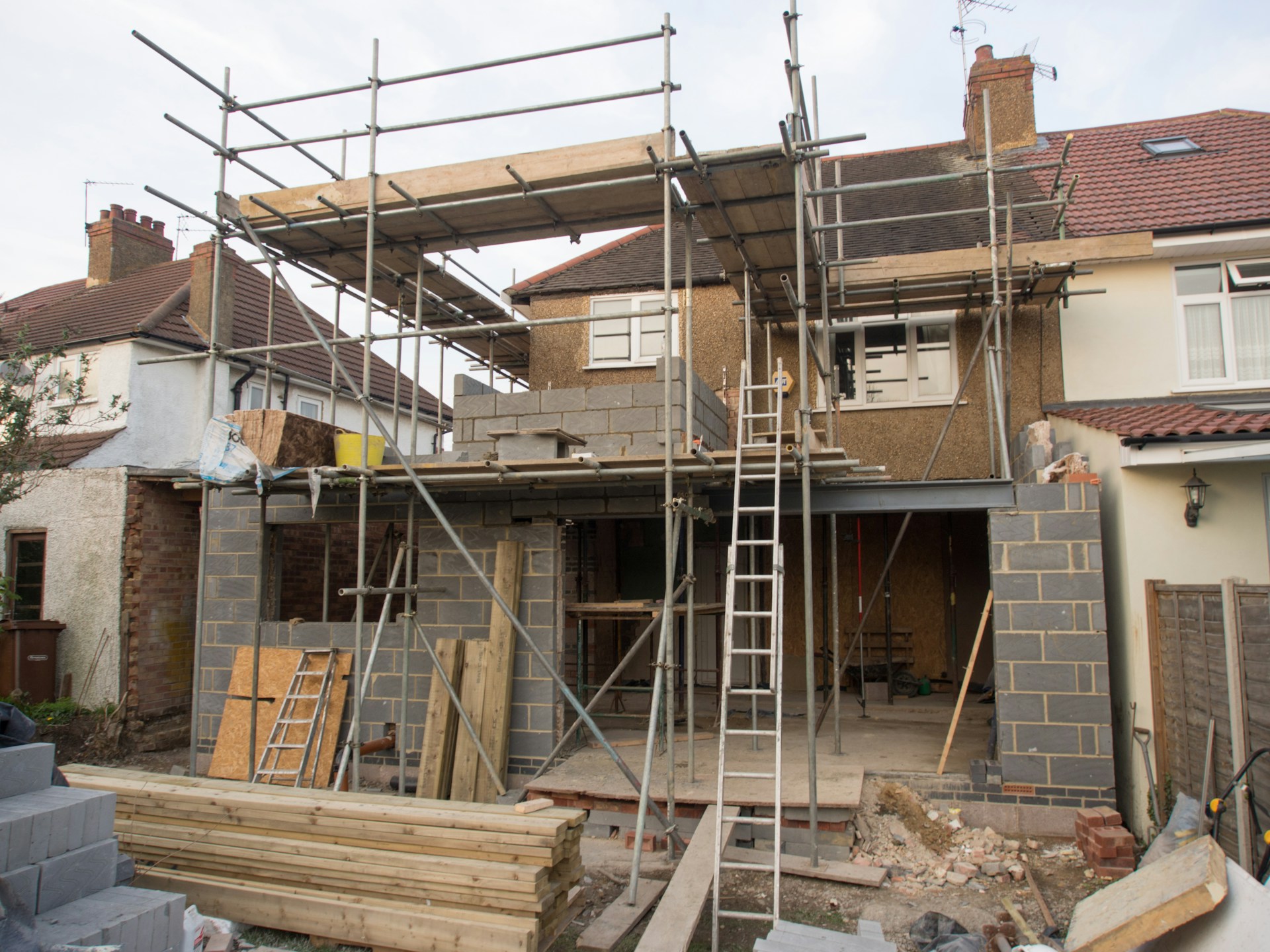Prefabricated houses, often called prefab homes, are built using sections manufactured off-site and assembled on location. This approach from Immobilien.de offers speed, efficiency, and reduced waste compared to traditional construction. Yet, despite its benefits, prefab construction comes with unique challenges. Understanding these obstacles helps homeowners, builders, and developers plan better and ensure a smoother project from start to finish.
Transportation and Logistics
Transporting large modules or panels to a construction site is one of the main challenges. Oversized loads can require special permits, route planning, and handling equipment. Road conditions, bridges, and traffic restrictions can complicate delivery. To overcome these issues, thorough planning is essential. Coordinating with local authorities and experienced transport companies ensures modules arrive safely and on time.
Site Preparation and Foundation

Even with prefab components, proper site preparation is crucial. Uneven terrain, poor soil conditions, or inadequate foundations can delay assembly and compromise structural integrity. Conducting a comprehensive site survey before construction begins can prevent these problems. Ensuring the foundation meets design specifications and local codes allows prefab modules to fit perfectly during installation.
Assembly and On-Site Coordination
On-site assembly requires skilled labor and careful coordination. Mistakes during assembly can affect the building’s structural performance, energy efficiency, and aesthetic finish. Clear communication between factory teams, on-site crews, and project managers is vital. Providing proper training and following detailed assembly guides reduces errors and ensures each component aligns correctly.
Weather and Environmental Factors
Weather can impact both transportation and on-site assembly. Heavy rain, snow, or high winds can delay module delivery and installation. Unlike traditional builds, where work can progress incrementally, prefab construction relies on the timely assembly of large sections. Planning construction schedules around favorable weather windows and storing components in protected conditions minimizes risk.
Quality Control and Material Selection
Maintaining consistent quality in prefab construction is essential. Substandard materials or factory errors can cause long-term issues. Choosing reputable manufacturers who follow strict quality control procedures ensures durability and performance. Additionally, selecting sustainable and reliable materials guarantees the home remains efficient, safe, and comfortable for years.
Regulatory Compliance
Building codes, zoning regulations, and permits can pose challenges for prefab homes. Some regions have stricter requirements for modular or panelized construction than for traditional builds. Developers must understand local regulations and ensure designs meet all standards. Working with architects familiar with prefab construction can streamline approvals and reduce delays.
Customization Limitations
While prefab homes offer design flexibility, certain customizations may be restricted. Large or unusual features can complicate manufacturing, transportation, and assembly. To address this, homeowners should collaborate with manufacturers early in the design phase. This ensures desired features are achievable without compromising structural integrity or project timelines.
Many challenges in prefabricated construction can be mitigated through careful planning and communication. Coordinating logistics, preparing the site, training crews, and collaborating with designers ensures smoother execution. Regular inspections and progress checks allow early detection of potential issues. By addressing problems proactively, builders can take full advantage of prefab homes’ speed, efficiency, and sustainability.

